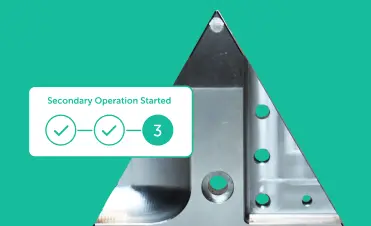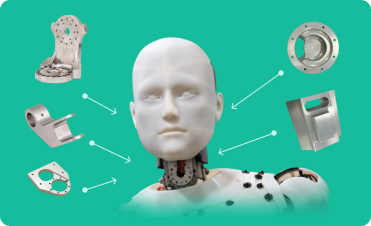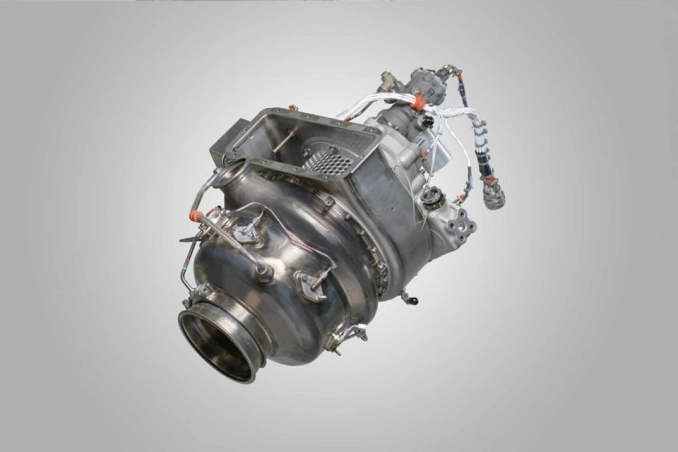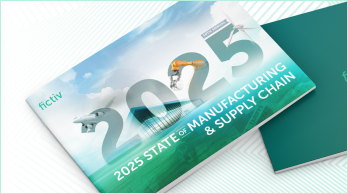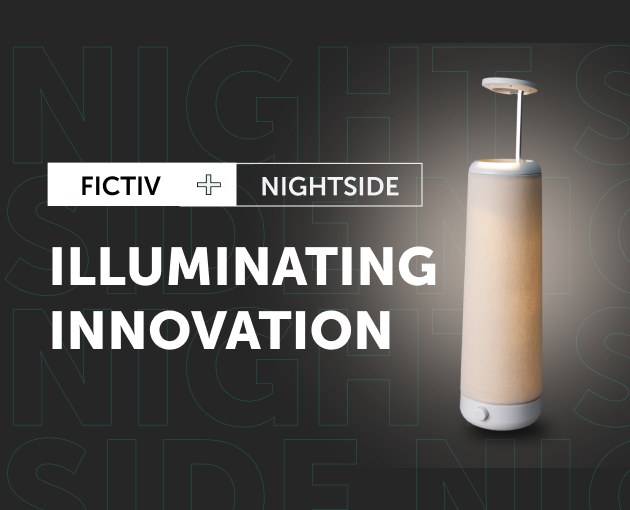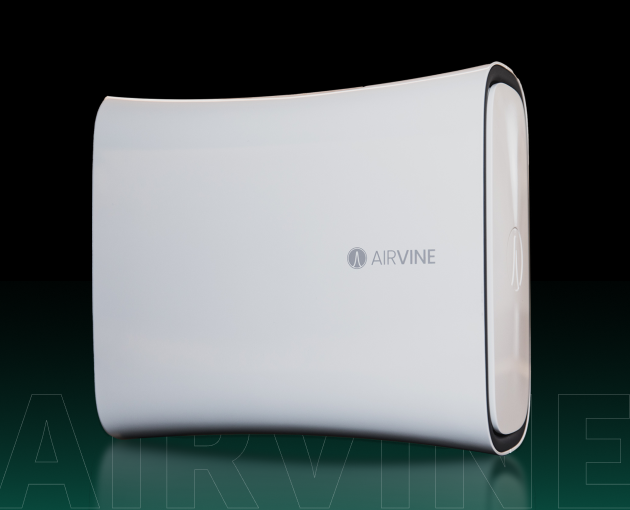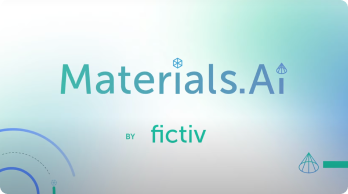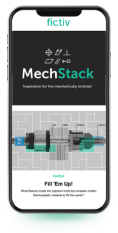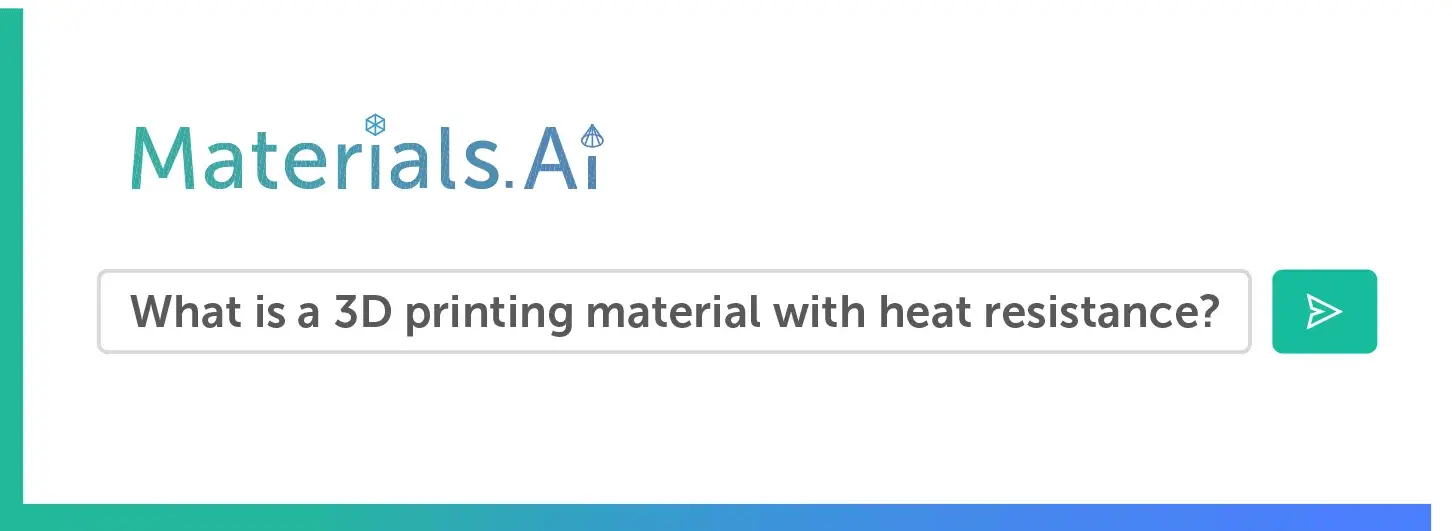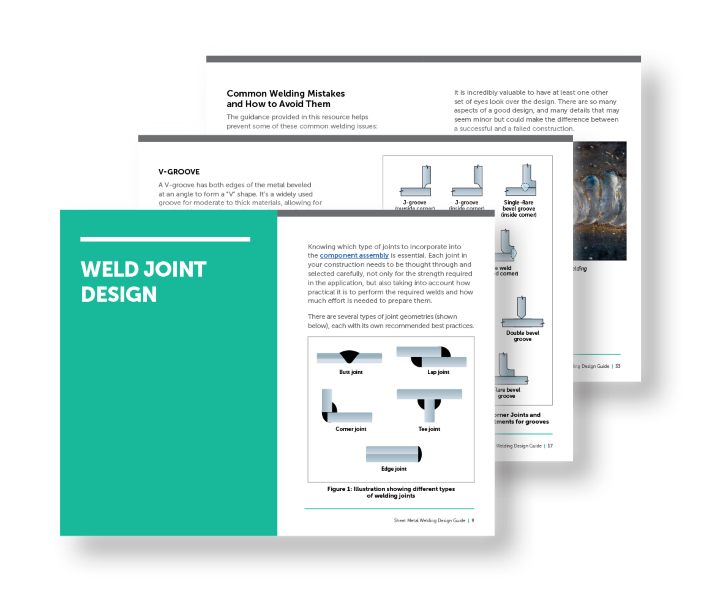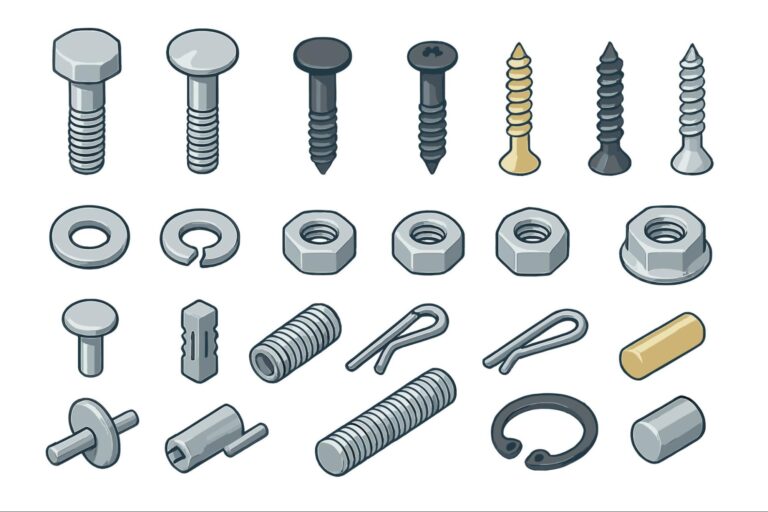Time to read: 5 min
As product development cycles accelerate, engineering leaders face a recurring strategic question: How fast can we prototype—and where does it make financial sense to build?
With premium compensation levels for mechanical engineers (especially with seniority and years of experience), the opportunity cost of hands-on prototyping has never been higher. When factoring in loaded labor rates, machine utilization, and maintenance, outsourcing to digital manufacturing networks like Fictiv often delivers higher ROI for teams producing fewer than 400–500 prototypes per year.
The Prototyping Trade-Off
| Factor | In-House Prototyping(Machining or 3D Printing) | Outsourced Prototyping(e.g., Fictiv) |
| Fixed Costs | High—equipment (CNC, 3D printers), tooling, maintenance, software, and shop space. | None—pay per part. |
| Labor Costs | Mechanical engineer + machinist time, plus maintenance and setup. | Included in quoted price. |
| Speed | Fast if machines are available; slower when queued or under maintenance. | Instant DFM + quote (<2 h); CNC and additive parts as fast as 2–5 days. |
| Quality | Depends on internal process control, calibration, and print settings. | ISO 9001/AS9100-certified suppliers; standardized inspection reports. |
| Scalability | Limited by headcount and machine uptime. | Elastic—scale across a distributed network. |
| Cash Flow | High CAPEX and ongoing maintenance. | Predictable OPEX; pay per iteration. |
| Iteration Cost | Driven by internal labor rate + material cost. | Flat, all-inclusive pricing. |
| Risk Profile | Idle equipment, staff turnover, downtime. | Supplier or logistics risk. |
Labor Economics: Engineers and Machinists
The fully loaded rate (salary + benefits + overhead) for technical staff typically scales as:
Rloaded≈(Base Salary)×(1.9–2.3)
If a mechanical design engineer earns Sₑ and a machinist or technician earns Sₘ, their effective hourly costs are:
Re≈2.2 x Se / 1,000
Rm≈2.0 x Se / 1,000
So, for every hour spent running machines, calibrating printers, or performing setups, you’re not just paying wages—you’re consuming high-value engineering time that could drive design and system improvements elsewhere.
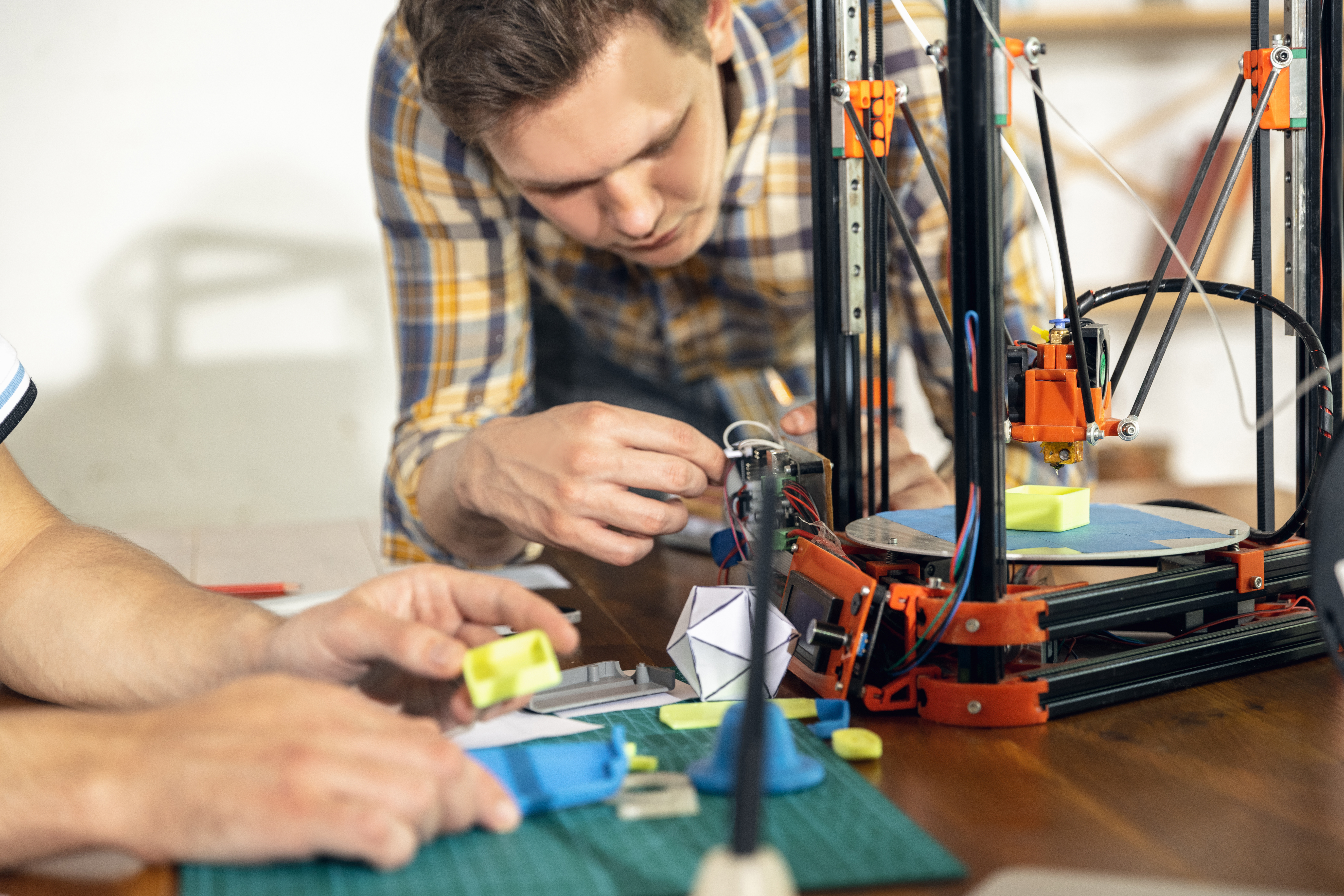
In-House Cost Model: Machining + 3D Printing
Each prototype’s in-house cost combines engineer setup, operator time, and machine/material overhead.
| Step | Example Hours | Rate (Variable) | Cost Formula |
| CAD/DFM + Setup | 2.5 h | Rₑ | 2.5 × Rₑ |
| Machining or Printing | 3.0 h | Rₘ | 3.0 × Rₘ |
| Post-Processing (inspection, finish) | 1.0 h | Rₘ | 1.0 × Rₘ |
| Materials + Consumables | — | — | M |
Cin=(2.5Re+4Rm+M)
Typical values:
- M ≈ $20–$50 for machining or $10–$40 for additive materials.
- Rₑ usually > 2× Rₘ, so labor mix strongly affects ROI.
For teams using 3D printing, setup and supervision time can drop slightly (e.g., 1.5 h engineer + 1.0 h tech/operator), but iteration cost still hinges on labor—not material.
3D Printing vs Machining Internally
| Factor | 3D Printing (In-House) | CNC Machining (In-House) |
| Machine Cost | Moderate (desktop: $5k–$15k; industrial: $50k+) | High ($80k–$250k+) |
| Setup Time | Shorter (auto-sliced) | Longer (CAM + fixturing) |
| Material Cost | Lower per unit | Higher, esp. metals |
| Labor Demand | Low operator time | Moderate–high operator time |
| Accuracy/Finish | Lower without post-process | High, with skilled machining |
| Maintenance | Regular calibration, consumables | Tooling wear, coolant, maintenance |
When you factor labor, even low-cost printers don’t radically shift the crossover point—most of the expense still lies in human time.
Annual ROI Model: The Crossover Point
The generalized annual cost per prototype is:
Cin=F/N+(HeRe+HmRm+M)
Where:
- F = fixed annual shop cost (machines, maintenance, software)
- N = prototypes per year
- Hₑ, Hₘ = engineer and machinist hours per part
- M = material cost
Outsourced cost stays roughly flat (Cout ≈ constant per unit).
| Annual Volume (per machine/printer) | In-House Cost Trend | Outsourced Cost | Recommendation |
| 10–50 prototypes | Fixed costs dominate | Flat | Outsource |
| 100–250 prototypes | Still higher per unit | Flat | Outsource |
| 300–400 prototypes | Gap narrows | Flat | Hybrid possible |
| 400–500+ prototypes | Parity | Flat | In-house viable if utilization high |
Even with printers reducing operator hours, the crossover point remains around 400–500 prototypes/year per machine unless labor is exceptionally inexpensive or utilization is near 100%.
Strategic Implications for Engineering Leaders
1. Protect Mechanical Engineering Time
Each hour a mechanical design engineer spends operating printers or mills could cost 2–3× their design time value. Shift hands-on tasks to technicians or, ideally, to manufacturing partners.
2. Differentiate by Prototyping Type
- Use in-house 3D printing for early concept validation, fit checks, or lightweight fixtures.
- Outsource machining and precision parts to digital manufacturing networks for faster, repeatable, inspection-ready results.
3. Scale Capital Strategically
If your internal rapid prototyping load exceeds 500 parts per system per year, investing in equipment can pay off. Otherwise, variable-cost outsourcing preserves cash flow and adaptability.
4. Embrace a Hybrid Strategy
The best teams combine:
- Fast outsourced CNC + additive for early iteration loops.
- Internal prototyping for late-stage, IP-sensitive, or integration-critical testing.
Prototyping Decision Matrix
| Condition | Recommended Approach |
| < 300 prototypes/year | Outsource—lower cost, faster cycle time |
| 300–400 prototypes/year | Hybrid—outsource precision parts, keep validation in-house |
| > 450 prototypes/year | In-house viable if utilization high |
| Senior engineers doing prototyping directly | Outsource immediately—poor ROI |
| IP-sensitive or safety-critical prototypes | In-house or hybrid |
| Fast R&D or concept loops | 3D print in-house, outsource machined parts |
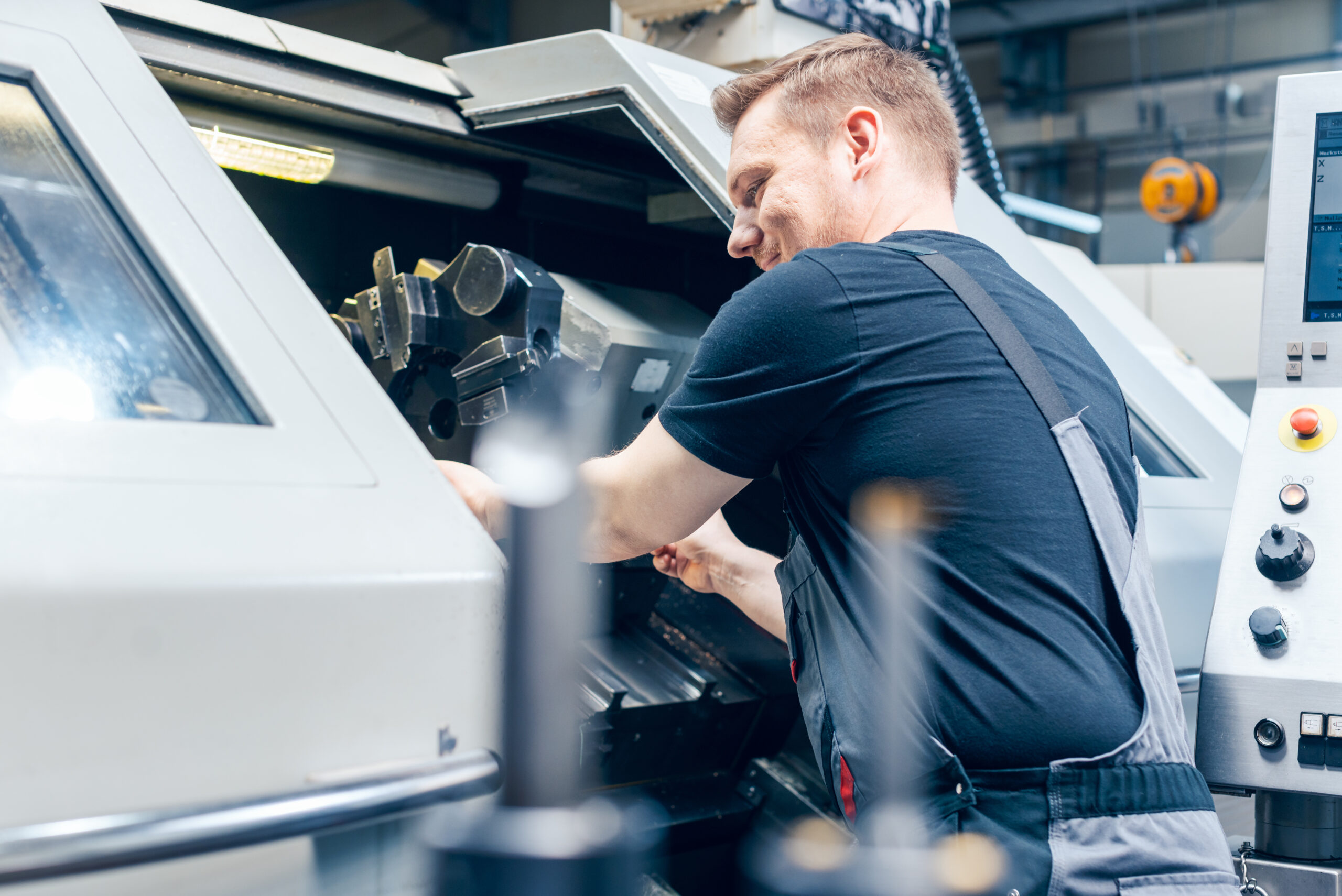
Interactive ROI Calculator: In-House vs Outsourced Prototyping
Prototype Cost Calculator
Estimate your in-house prototype cost vs outsourcing. Adjust salaries and see your breakeven volume.
Bottom Line
- Internal 3D printing can cut setup hours, but rarely shifts breakeven below ~400 prototypes/year.
- Outsourced CNC and additive manufacturing offer speed, scalability, and predictable cost—while freeing teams to focus on engineering, not machine operation.
The ROI is clear: Every hour saved from the shop floor is an hour invested in innovation.
Need to outsource your prototyping? Fictiv provides CNC machining, 3D printing, molding, and casting services. Get a free quote with instant DFM feedback today.
